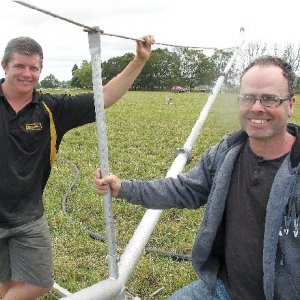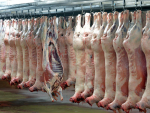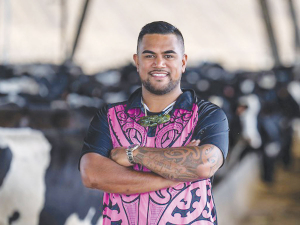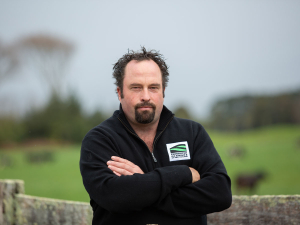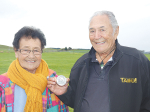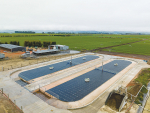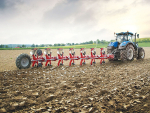Says Williams, "With the increasing regulations imposed by regional councils, I want to be able to show that our spreaders will do what I say they will do and deliver accurate quantities."
The trials are being done on a farm at Ngatea, Hauraki Plains, supervised by Jim Hargreaves. He has worked with Williams Engineering for seven years.
Hargreaves is a science graduate of Massey University and tutors there in renewable energy and agricultural engineering.
He was involved in formulating the DairyNZ code of practice for irrigating dairy effluent on farms.
"I'm a 16-year veteran at Massey and I have set up courses for manufacturers and designers, regional council representatives, engineering consultants and some farmers, as to what is needed in the designing of a good irrigation system that works correctly." These include pump power, delivery lines and the actual irrigator, and how a good system should work.
"The uniformity of distribution of the material is vital to get the rates correct related to the applied depth. Farmers just have to get it right"
Failure to get the application rates correct can lead to ponding, causing contamination of the soil or drainage to waterways.
Williams offers add-ons to his systems to avoid some problems that can happen with irrigators. He and Hargreaves agree it remains the responsibility of the operator to ensure the system is operating correctly.
"These trials on the Greenback Spider irrigator are giving perfect results on uniformity of application with our standard boom angles and nozzle sizes," says Williams.
The Spider irrigator can be supplied with different nozzles to suit different flow rates, pressures and application rates. This irrigator is the company's biggest selling model in New Zealand and overseas.
"I am aiming for low application rates and will be able to supply printouts for farmers to use to measure their rates. These originate in recognised tests."
Also being tested by Hargreaves is a prototype of a large Williams Greenback spreader. "If you can't make it better then make it bigger."
This spreader has two nozzles on each arm with a spread width of 50m from 18m booms compared with 9m booms on the Spider model. It folds quickly and easily for shifting between paddocks.
He is aiming to run this model at low rates by halving the travel speed and covering twice the area.
"This spreader will deliver accurate application rates with less labour input."
Tel. 0800 433 358

